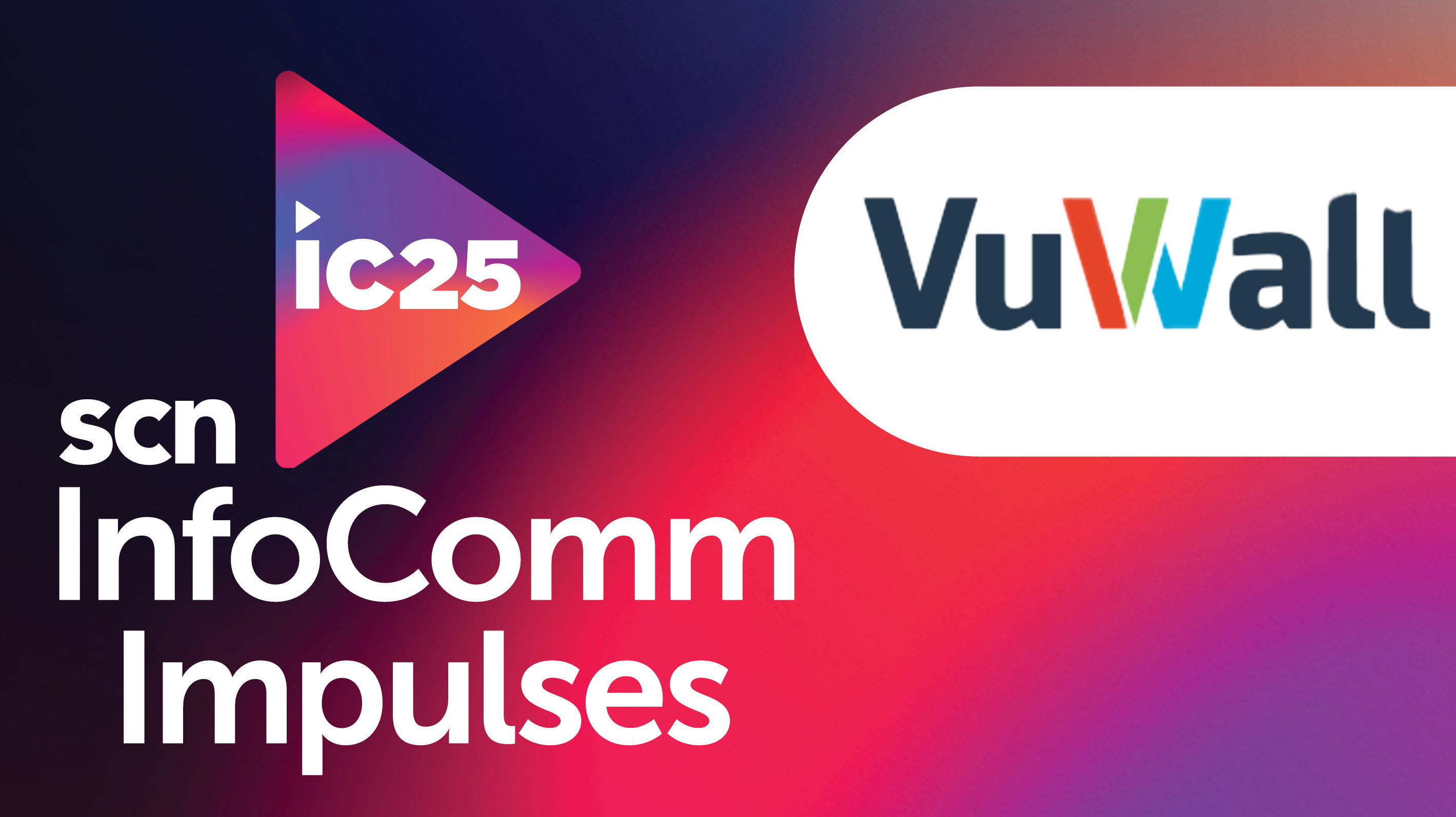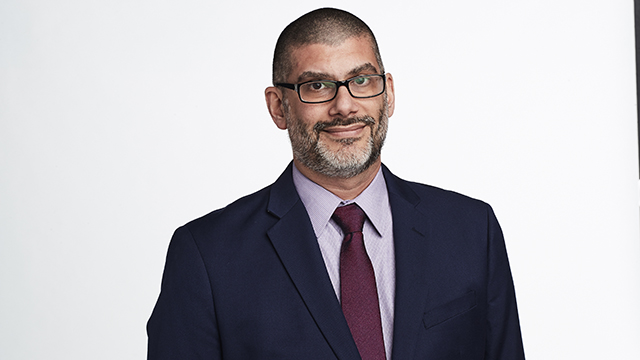InfoComm 2025 is inching closer and closer. Before we head to Orange County Convention Center in Orlando for a week of non-stop coverage, we asked several InfoComm 2025 exhibitors to talk trends, technology, inspiration, and an exclusive special sneak preview of what they’ll show in their booths.
[Products, Sessions, Insights: InfoComm 2025 on AV Network]
Today, Nick Mathis, CTS-I, director of business development, North America at VuWall, talks interoperability in AV over IP and KVM solutions.

SCN: What is your company’s main focus at the show this year?
Nick Mathis: Our focus this year is on advancing performance and interoperability in AV over IP solutions. We’re showcasing enhancements that improve user experience—from seamless network-to-AV integration to cutting-edge video-over-IP capabilities. Highlights include our latest plugins with Genetec and Q-SYS, our integration with G&D’s KVM solution, as well as significant user interface improvements—all designed to streamline workflows and boost efficiency in control room environments.
SCN: What buzzwords do you expect to be the talk of InfoComm 2025?
NM: AI will certainly dominate conversations, alongside “country of origin” concerns like tariffs and trade compliance. We also expect to hear a lot about standardization—especially as the industry pushes for more unified protocols across AV systems.
SCN: How does InfoComm inspire you?
NM: InfoComm is a reminder that we’re only scratching the surface of what’s possible in AV technology. It’s exciting to see the latest innovations—from increasingly refined display pixel pitches to AI-driven interfaces that are enhancing user interaction with AV systems. The most exciting part? Discovering those unexpected use cases that challenge how we think about our technology and its role in larger ecosystems.
SCN: What’s more popular for new installations: KVM or KVM over IP?
NM: It’s like choosing between a car and a truck—they serve different purposes, but both are evolving fast. KVM and KVM over IP each address distinct needs, yet the performance gap between them is narrowing. As both technologies become more interoperable and powerful, the decision often comes down to the specific demands of the installation environment.

